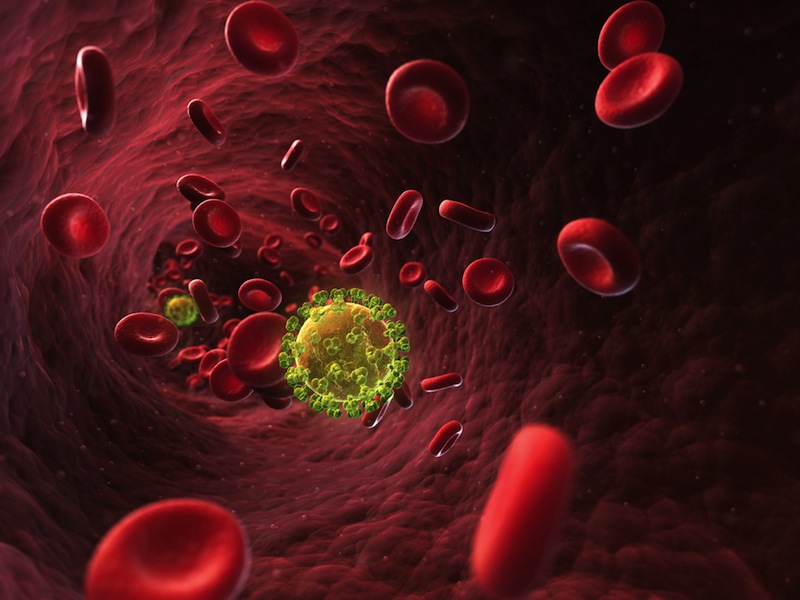When you purchase through links on our site , we may gain an affiliate committee . Here ’s how it works .
After a 4 - year - quondam male child in Portugal wasdiagnosed with HIV , the large question was how he got the infection .
His mother , for example , did n’t have it ( women with HIV can pass the computer virus to baby ) . An investigation revealed a surprising beginning : leaky blisters on the male child ’s Fatherhood ’s skin .

While it ’s well - known that a mother can pass HIV to her child during pregnancy and childbirth , transmission from father to child is very rare . The new account , published Sept. 20 in the journalAIDS Research and Human Retroviruses , describes one of the few documented cases of this natural event , the author said .
" Although this type of father - to - son HIV infection event is uncommon , it is important that the ecumenical public realize that [ in mass with HIV , ] HIV is present in most somatic fluid and can be transmitted in irregular and unexpected ways , " Thomas Hope , the editor program - in - chief of AIDS Research and Human Retroviruses , who was not involved with the study , said in a statement .
After the child ’s HIV diagnosing at age 4 , officials began a criminal investigation to look into whether the tyke was a victim of sexual maltreatment . As part of the investigating , researchers wanted to determine how the boy get the infection and when the transmission system occur . [ 27 Oddest Medical Cases ]

The son was endure in April 2009 . Shortly after his birthing , his father was name with HIV . At the time , the father also had thechickenpoxand syphilis , and was undergoing intervention for both . As a upshot of the don ’s infection , the man develop large blister all over his torso that leaked fluid profusely , the reputation say . ( Both chickenpox andsyphiliscan have tegument lesions . )
The researchers pile up rip samples from both the begetter and son , and analyzed the genetic material of the HIV striving infect each .
Based on their analysis , the researchers determined that the beginner became infected with HIV in early 2009 and that he infected his son soon after the child ’s nativity .

The criminal investigating also did not find grounds of intimate contumely .
The researchers hypothesized that the fry became infected during the first few days of his aliveness by coming into liaison with the fluids from the father ’s blister . Early in the father ’s infection , there would have been a high-pitched amount ofHIV virusin his eubstance , which could have made the fluid from the blisters highly contagious .
" The chief message of our newspaper … is that HIV can be transmitted via the fluid from at least some types of skin blister , " said subject area senior author Nuno Taveira , a prof who researches HIV at the University of Lisbon ’s Research Institute for Medicines . Previously , Taveira and his colleagues isolated HIV from the fluid of similar cutis blisters . But he noted that HIV is only present in bulla fluid at grievous horizontal surface ( high enough to cause the disease to overspread ) when a person has high levels of the computer virus in their blood . This can happen during the other stages of an HIV infection , and if the infection give out untreated .

Ultimately , no criminal charges were filed in the case . " Our probe help the pursuance to end the case without taking it to court , " Taveira told Live Science .
The researchers noted that , while uncommon , there have been other cases of HIV transmission from adults to children that did not appear to be related to intimate maltreatment or transmittal in pregnancy or childbirth . For example , in 1998 , researchers alsoreporteda fount of HIV transmission from father to child that was think to be due to the small fry ’s exposure to the father ’s bleeding tegument lesions .
And in 2012 , the U.S. Centers for Disease Control and Preventionreportedthree case of HIV in children that were attributed to " premastication , " or the exercise of prechewing food before feeding it to a baby .

Originally published onLive Science .













